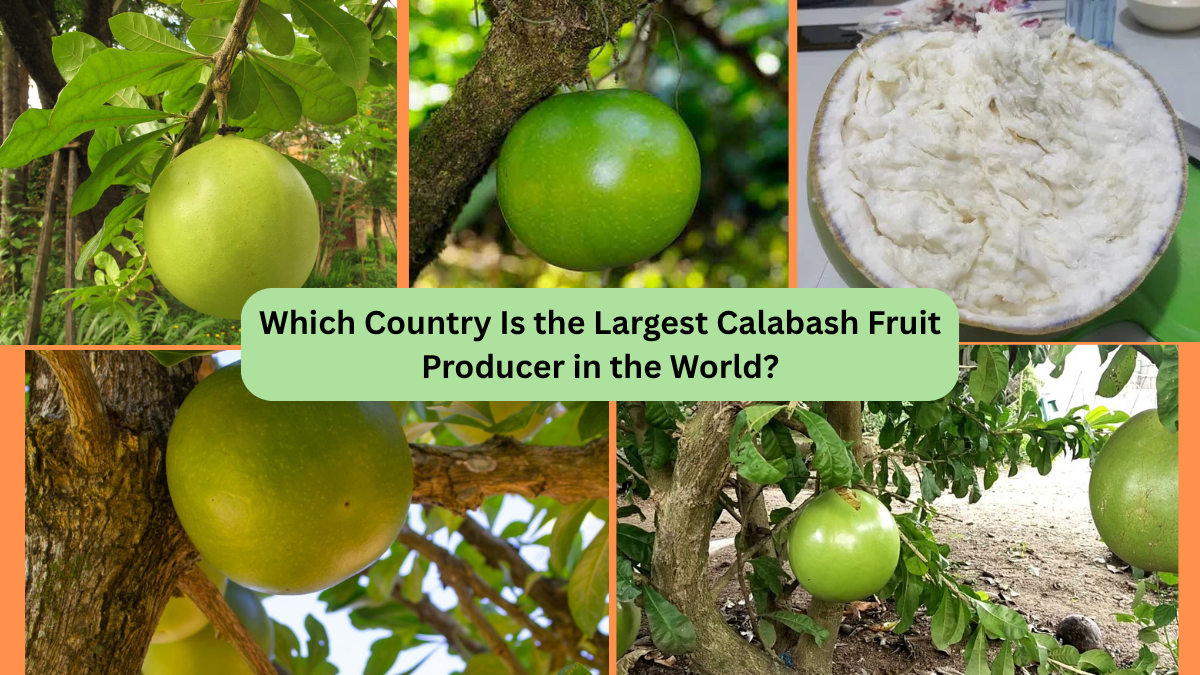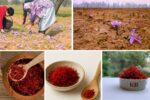The calabash fruit, known scientifically as Lagenaria siceraria, is one of the oldest cultivated plants in human history. Widely appreciated for its culinary, medicinal, and practical applications, the calabash fruit is grown extensively in tropical and subtropical regions. This unique fruit is valued not just for its edible properties but also for its hard shell, which has been used traditionally for making containers, musical instruments, and decorative items.
In this article, we’ll explore the history, cultural significance, health benefits, and ultimately reveal: Which country is the largest calabash fruit producer in the world?
What Is Calabash Fruit?
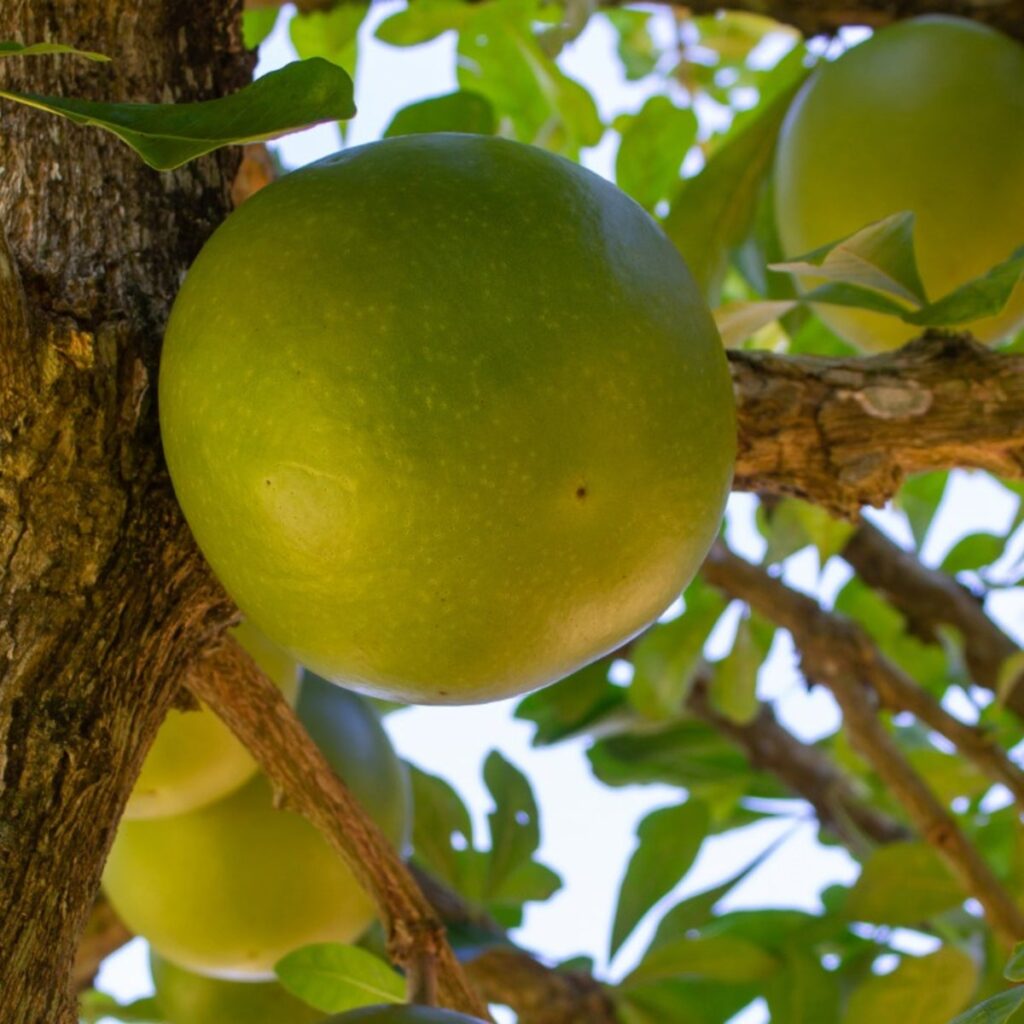
Calabash, also known as bottle gourd, white-flowered gourd, or opo squash, is a vine plant that produces large, green fruits. When harvested young, the flesh is soft and edible, commonly used in stews, soups, and curries. As it matures, the outer shell hardens and becomes durable enough for various non-food uses.
Calabash plants thrive in warm, tropical climates with ample sunlight and moderate rainfall. They are typically grown on trellises or fences to support their sprawling vines and heavy fruits.
Historical and Cultural Importance
The calabash fruit holds a prominent place in the cultural traditions of Africa, Asia, and the Americas. Archaeological evidence suggests its cultivation dates back over 8,000 years. In Africa and India, it’s a staple food and a versatile tool, while in the Caribbean and South America, it’s integral to cultural ceremonies and music.
The dried shells are used to craft water containers, ladles, storage vessels, and musical instruments like maracas, sitars, and drums.
The Largest Calabash Fruit Producer in the World: India
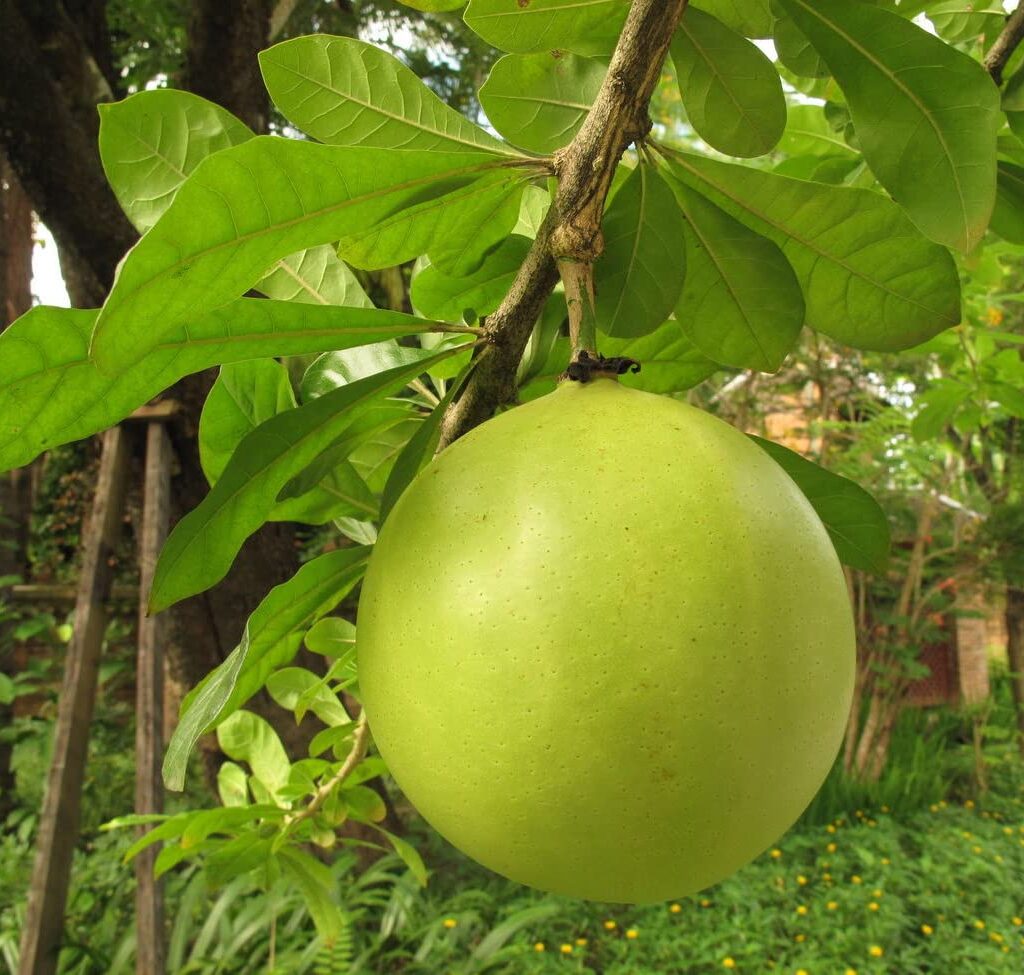
India is the largest producer of calabash fruit in the world.
Why India Leads in Calabash Production
1. Ideal Growing Conditions: Calabash thrives in India’s tropical and subtropical climate, with its warm temperatures, monsoon rains, and fertile soils providing optimal conditions for large-scale cultivation.
2. Culinary Importance: Known locally as lauki, doodhi, or sorakaya, calabash is a staple in Indian households. It features prominently in traditional dishes like lauki ki sabzi, lauki kofta, and lauki halwa.
3. Widespread Cultivation: Farmers across states such as Uttar Pradesh, Bihar, West Bengal, Andhra Pradesh, and Tamil Nadu cultivate calabash, both for domestic consumption and local markets.
4. Medicinal and Ayurvedic Uses: Calabash is highly valued in Ayurvedic medicine for its cooling, diuretic, and heart-healthy properties.
5. Cultural Integration: The fruit is also used in religious ceremonies and festivals, strengthening its demand and cultural importance.
Other Major Calabash Producing Countries
While India dominates calabash production, several other countries contribute significantly:
China: Calabash is cultivated widely in southern China, where it’s used in culinary preparations and traditional medicine.
Bangladesh: A common crop in rural Bangladesh, calabash is essential in daily cooking and local folk traditions.
Sri Lanka: Known as lau, calabash is grown in home gardens and farms throughout the island nation.
Nigeria: In West Africa, calabash serves dual roles as a food source and for crafting utensils, containers, and musical instruments.
Caribbean Nations: Countries like Jamaica, Trinidad and Tobago, and Haiti cherish calabash in cuisine, art, and spiritual practices.
Nutritional and Health Benefits of Calabash Fruit

Calabash is a nutrient-rich, low-calorie food that offers several health benefits:
- Rich in Water Content: Keeps the body hydrated.
- High in Dietary Fiber: Supports digestion and prevents constipation.
- Low in Calories and Fat: Ideal for weight management.
- Packed with Vitamin C: Boosts immunity.
- Contains Potassium and Magnesium: Promotes heart health and regulates blood pressure.
- Traditional Medicinal Uses: Utilized for its cooling effect, diuretic properties, and in managing digestive issues.
Culinary Uses of Calabash Fruit
Calabash’s mild flavor and soft texture make it a versatile ingredient:
- Stews and Curries: Combined with spices and legumes.
- Stuffed Dishes: Hollowed and filled with seasoned mixtures.
- Fritters and Koftas: Grated and fried into savory balls.
- Desserts: Cooked into sweet dishes like lauki halwa.
- Juices: Consumed as a cooling summer drink in India.
Economic Importance in India
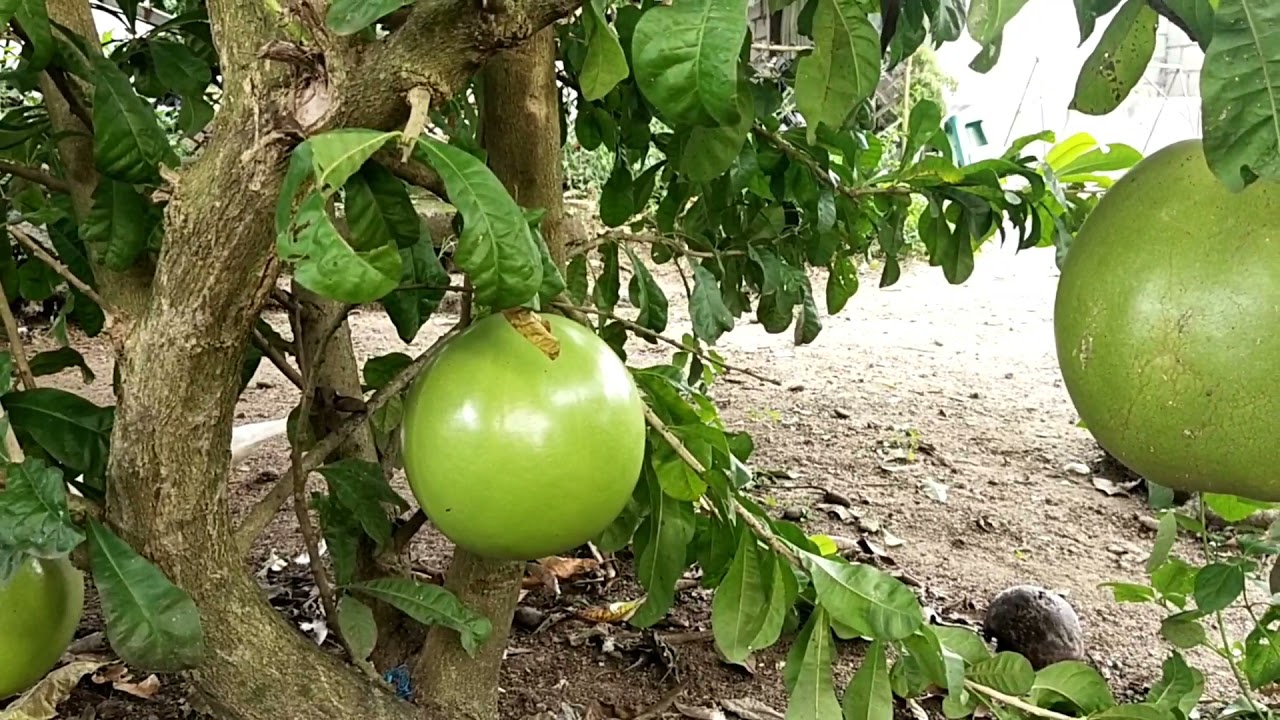
Calabash plays a significant role in India’s agricultural economy:
- Employment for Small Farmers: Grown extensively in rural areas.
- Market Demand: Consumed daily in households, hotels, and street food stalls.
- Ayurvedic Market: Processed into herbal medicines and tonics.
- Craft and Artisan Industries: The hardened shells are used for making musical instruments, lamps, and decor.
Challenges in Calabash Production
Despite its many uses, calabash production faces several challenges:
- Susceptibility to Pests and Diseases: Like fruit flies and powdery mildew.
- Seasonal Cultivation: Typically grown during specific seasons, limiting year-round supply.
- Limited Export: Fresh calabash has a short shelf life, hindering international trade.
Future Prospects for Global Markets
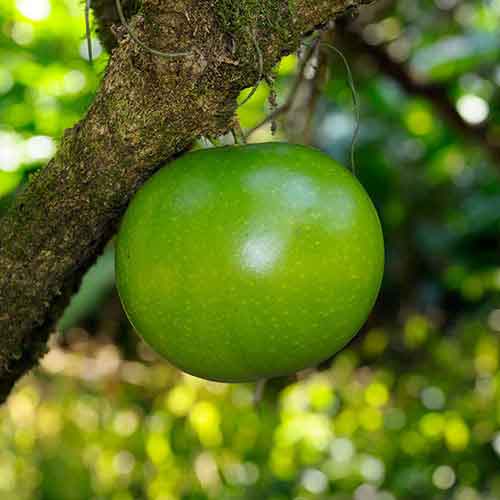
There is growing global interest in calabash for its nutritional benefits and craft applications:
- Value-Added Products: Such as dried calabash slices, powders, and herbal extracts.
- Ayurvedic Exports: Increasing demand for natural and traditional remedies.
- Cultural Promotion: Highlighting calabash’s role in Indian cuisine and folklore.
- Sustainable Crafts: Eco-friendly products made from dried shells gaining popularity.
Conclusion
India’s favorable climate, culinary heritage, and Ayurvedic traditions have secured its position as the largest producer of calabash fruit in the world. From bustling market stalls to ancient temples, calabash continues to thrive as a symbol of nourishment, craftsmanship, and cultural legacy.
While countries like China, Bangladesh, and Nigeria cherish calabash in their own traditions, none match India’s scale of production or diversity of uses. As awareness of its health benefits and cultural value spreads globally, calabash fruit promises to remain an enduring staple in both kitchens and artisan workshops worldwide.
